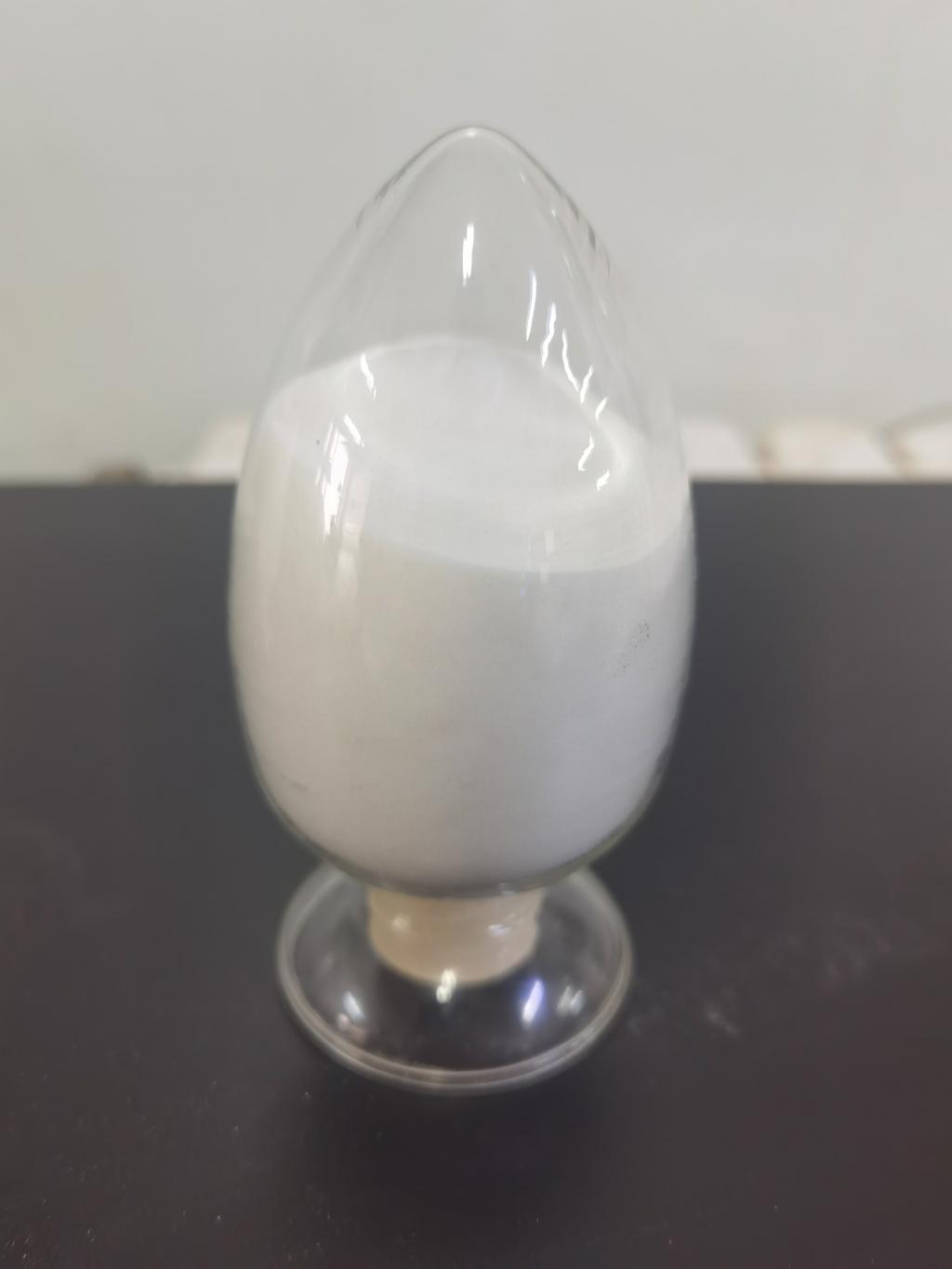Tel:+8618231198596

News
 CONTACT
CONTACT
 CONTACT
CONTACT
- Linkman:Linda Yao
- Tel: +8618231198596
- Email:linda.yao@dcpharma.cn
- Linkman:CHARLES.WANG
- Department:Overseas
- Tel: 0086 0311-85537378 0086 0311-85539701
News
ε-Polylysine Hydrochloride: Exploring its Potential in Fermentation and Cultured Foods.
TIME:2023-10-08
Understanding ε-Polylysine Hydrochloride
ε-Polylysine hydrochloride, often referred to as polylysine, is a natural antimicrobial compound produced by certain strains of bacteria, including Streptomyces albulus. It is a linear homopolymer consisting of ε-amino-L-lysine residues connected by peptide bonds. Polylysine is water-soluble, heat-stable, and generally recognized as safe (GRAS) by regulatory agencies, such as the U.S. Food and Drug Administration (FDA) and the European Food Safety Authority (EFSA).
Mechanism of Action
Polylysine's antimicrobial activity arises from its ability to disrupt microbial cell membranes and inhibit vital cellular processes. The primary mechanisms of action include:
Membrane Disruption: Polylysine molecules can interact with microbial cell membranes, causing destabilization and permeability changes. This disruption compromises the integrity of the cell, leading to the leakage of cellular contents and eventual cell death.
Inhibition of Cellular Enzymes: Polylysine can inhibit the activity of microbial enzymes involved in essential metabolic processes, such as DNA replication, protein synthesis, and cell wall formation. This interference disrupts microbial growth and reproduction.
pH Regulation: Polylysine can influence the pH balance within microbial cells, leading to intracellular acidification. This altered pH environment disrupts cellular functions and inhibits microbial growth.
Applications in Fermentation and Cultured Foods
Polylysine's unique properties make it an ideal candidate for preserving the quality and safety of fermented and cultured foods. Its applications in this domain encompass various products and stages of production.
Yogurt: Yogurt is a prime example of a fermented dairy product created through the action of lactic acid bacteria. However, yogurt can be susceptible to microbial contamination and spoilage during production and storage. Polylysine can be incorporated into yogurt cultures to inhibit the growth of unwanted microorganisms, ensuring product quality and safety.
Cheese: Cheese production involves complex microbial ecosystems that can be vulnerable to spoilage and off-flavors caused by undesirable microorganisms. Polylysine can be added directly to cheese curds or as part of the brine solution to inhibit the growth of spoilage organisms, ensuring cheese quality and safety.
Fermented Vegetables: Fermented vegetables, such as sauerkraut and kimchi, rely on specific bacterial cultures for fermentation. However, unwanted microbial contamination can occur during processing. Polylysine can be incorporated into fermentation brines or applied directly to the vegetables to control spoilage organisms and ensure successful fermentation.
Fermented Soy Products: Soy-based fermented products like miso, tempeh, and soy sauce are susceptible to spoilage by yeasts and molds. Polylysine can be added to these products to inhibit the growth of unwanted microorganisms and extend their shelf life.
Kombucha: Kombucha is a fermented tea beverage produced through the action of a symbiotic culture of bacteria and yeasts (SCOBY). Contamination by undesirable microorganisms can disrupt the fermentation process. Polylysine can be added to the fermentation vessel to prevent spoilage and maintain the quality of kombucha.
Fermented Meat and Sausages: Fermented meat products, such as salami and sausages, can be prone to spoilage and pathogenic bacteria contamination. Polylysine can be incorporated into starter cultures or applied as a surface treatment to inhibit the growth of spoilage and pathogenic microorganisms.
Benefits of Using ε-Polylysine Hydrochloride
Natural and Safe: Polylysine is a natural compound, produced by bacteria, and is generally recognized as safe (GRAS) by regulatory authorities. It aligns with consumer preferences for clean-label and minimally processed cultured foods.
Effective Preservation: Polylysine's antimicrobial properties are effective against a broad spectrum of bacteria, yeasts, and molds, making it a versatile and reliable preservative.
Minimal Impact on Flavor and Texture: When used at appropriate levels, polylysine has a minimal impact on the taste, texture, and sensory characteristics of cultured foods, allowing them to maintain their desired qualities.
Extended Shelf Life: By inhibiting microbial spoilage, polylysine can significantly extend the shelf life of fermented and cultured foods, reducing food waste and associated economic losses.
Enhanced Food Safety: Polylysine contributes to enhanced food safety by inhibiting the growth of pathogenic microorganisms, reducing the risk of foodborne illnesses associated with contaminated cultured foods.
Reduced Synthetic Preservatives: The use of polylysine as a natural preservative can reduce the need for synthetic chemical preservatives, aligning with consumer demands for cleaner labels and minimal additives.
Challenges and Considerations
While ε-polylysine hydrochloride offers numerous advantages for preserving fermented and cultured foods, several challenges and considerations must be addressed:
Optimal Usage Levels: Determining the appropriate concentration of polylysine for specific cultured food products is crucial to achieve effective preservation without negatively impacting product quality.
Regulatory Compliance: The use of polylysine in cultured foods may require regulatory approval and adherence to established guidelines and maximum residue limits (MRLs).
Consumer Acceptance: Educating consumers about the safety and benefits of polylysine is essential to gain their acceptance, especially when used in consumer-facing cultured food products.
Integration into Production Processes: Developing effective methods for integrating polylysine into various cultured food production processes is essential for consistent and reliable preservation.
Conclusion
ε-Polylysine hydrochloride's application in fermentation and cultured foods represents a natural, safe, and effective solution for preserving the integrity of these products. As the demand for fermented and cultured foods continues to grow due to their unique flavors, textures, and nutritional benefits, polylysine stands as a valuable tool in addressing challenges related to microbial spoilage, contamination, and food safety. Further research, regulatory support, and industry adoption are necessary to harness the full potential of polylysine in preserving the quality and safety of fermented and cultured foods, thereby contributing to a more sustainable and secure food supply chain.
- Tel:+8618231198596
- Whatsapp:18231198596
- Chat With Skype







